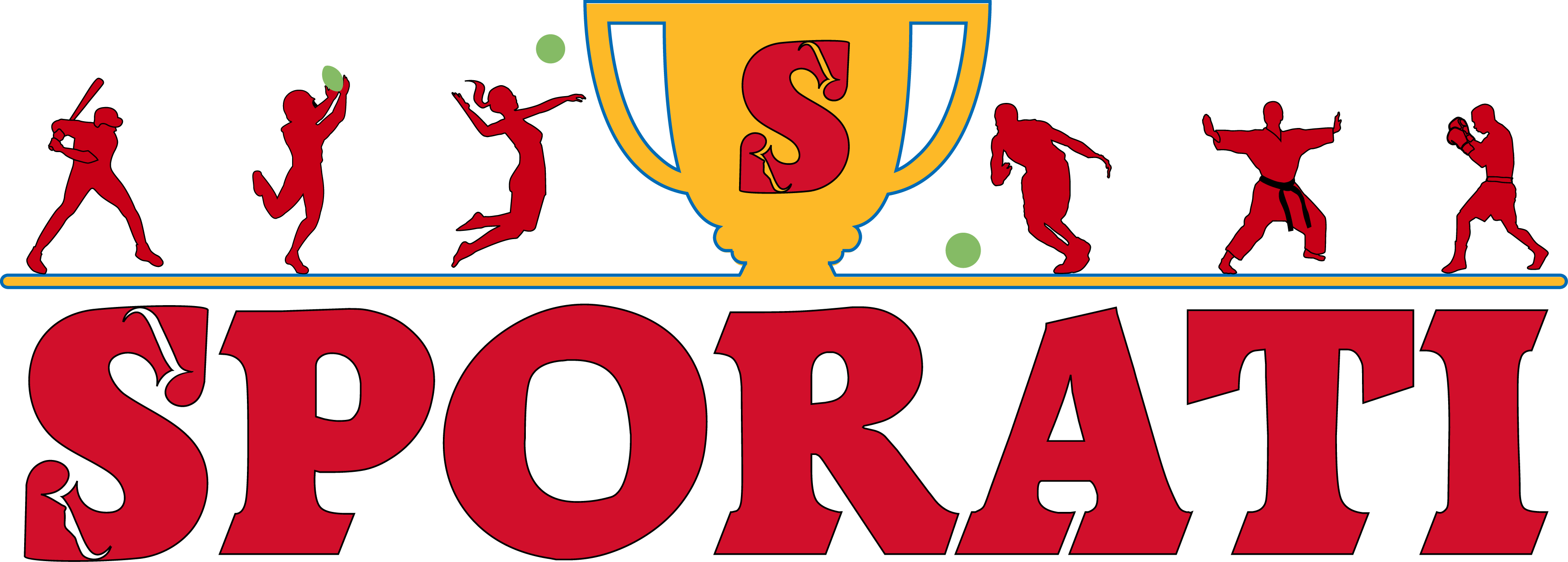Lake Placid Slides Out of 2026 Olympic Sliding Sports Hosting Duties
Lake Placid Olympic Change
LAKE PLACIDIn the world of winter sports, few names carry the nostalgic weight and international legacy of Lake Placid. It’s a name carved into Olympic lore, a snow-globe town famous for hosting the Winter Olympics in both 1932 and 1980, the latter of course best known for the “Miracle on Ice.” But as the sliding sports world gears up for Milano-Cortina 2026, Lake Placid just had its name quietly erased from a key chapterone that many thought was already inked in bold.
The Sliding Shift: From North America to Europe
The initial plan had Lake Placid set to host Olympic sliding sportsbobsled, luge, and skeletonfor the 2026 Games because Italy, despite all its Alpine glory, lacks a functioning track. Cortina d’Ampezzo’s Eugenio Monti track, mothballed since 2008, was supposed to be revived. That’s turned out to be an Italian opera of delays and budgeting woes, with construction nowhere near breaking snow. Enter The Contingency Plan.
Lake Placid, with its updated and fully-certified Mt. Van Hoevenberg track, seemed the perfect understudyexperienced, scenic, and ready. The region had even started warming up the fanfare engines. But in a move as swervy as a skeleton heat run, the International Olympic Committee (IOC) and Milano-Cortina 2026 organizers announced this week that Lake Placid is officially out of the rehearsal.
Why the Cold Shoulder?
The committee’s statement, chunked with administrative lingo and frosty diplomacy, cited “operational logistics and athlete accommodation challenges” for the decision. Translated: too complex, too expensive, too many moving parts across the Atlantic. No snowplow could clear those hurdles fast enough.
In other words, hosting half a sport across an ocean in a climate of inflation and political balancing acts is a logistical luge run with no brakes. As a result, sliding events will now be held at an existing track somewhere else in Europe. Options reportedly include Innsbruck in Austria and St. Moritz in Switzerlandboth legendary in their own right, but a missed chance for Lake Placid and American fans.
The Adirondack Reaction: Disappointment Dressed in Diplomacy
Local nervous energy had already been building like fresh powder. Now, many locals feel blindsided. “Disappointing,” said Adirondack North Country Sports Council executive director Ashley Walden in a statement that pulled double duty as PR salve and civic therapy. “While we’re disappointed to learn that Lake Placid will not be hosting the sliding sports for the Milano-Cortina 2026 Winter Olympic Games, we remain optimistic about the future of international competition at the Mt. Van Hoevenberg Olympic Sports Complex.”
It’s a professional response for what’s clearly a deep-cut disappointmentand one with economic consequences. Hosting Olympic events wasn’t just about global prestige. It was about driving traffic, tourism, and temporary adrenaline into this quiet corner of New York.
This Isn’t the Finish Line
If there’s one thing Lake Placid knows, it’s how to weather a stormliteral or otherwise. The town still remains a formidable venue for winter sports. In fact, construction and infrastructure upgrades made in preparation for 2026 won’t go to waste. And thanks to the successful hosting of the 2023 FISU World University Games and other international events, sentiment around Lake Placid remains that this is simply a temporary detour, not a full stop.
The Lake Placid Legacy Sites continue to serve as elite training grounds for America’s best sliders (and a magnet for budding Olympians). So while this round may have slipped by, the countdown to potential future bids is already ticking louder than a luge start gate buzzer.
Looking Ahead: Europe’s Gain, America’s Pause
Milano-Cortina 2026 will now become the first Olympics in modern history to hold all events on the host continent while sidestepping the need for new construction in one discipline. It’s a victory for sustainability and practicality, but a setback for fans and sliders hoping to see North American ice on the grandest stage.
For Lake Placid, it’s a sharp curve, yes. But as any sledder will tell you, it’s not about how you startit’s about how you finish. And odds are, this Olympic town isn’t done carving its story into winter sports history.
“We’ll keep the lights on at the track,” Walden said. “Lake Placid continues to be a world-renowned venue, and our time will come again.”
The sliding sports may be heading east for 2026, but Lake Placid, nestled between memory and momentum, remains very much in the Olympic conversation.


